I wish I could tell you how many sheep and cattle have starved to death in the 12 months since my grazing property in southern Queensland was officially declared to be in drought, but I’ve lost count.
To say the past year has been a struggle would be an understatement. I’ve dipped into my dwindling bank account hundreds of times, forking out for an extra 70 tonnes of cotton seed, 20 tonnes of chickpea, countless tonnes of mineral supplements, hundreds of bales of hay.
I’ve harvested 5000 acres of mulga trees, a type of scrub that can be used to feed cattle in exceptional circumstances.
As all but two of my dams have dried up, I’ve had to lay 20km of poly pipe, install 17 new troughs and 10 new tanks. I’ve worn out a bulldozer and two chainsaws.
But it’s not just my animals that are suffering – the native wildlife is starving to death too.
Every day I drag dead kangaroos from the water troughs. They have climbed in to drink and cool off but they’re too weak to climb out. Hundreds of others die in the shade of the trees, unable to go on.
Even the hardy native vegetation has shrivelled up and died.
The drought started for me in October 2012 when I started cutting our Mulga trees to feed our cattle. It’s tough work, and all the while I was hoping that the summer rains would come, telling myself “it’s only a few weeks away now, surely”.
By November, we started feeding our reserves of cotton seed and just before Christmas, we ordered our first truckload of fresh cottonseed, thinking “this will tide the ewes and lambs over until it rains”.
It didn’t rain and in February 2013, our dams started to dry up. We started to roll out poly pipe, just to get a bit of water out to the cows until the rains came. It was only a short-term measure, we thought.
May came along and all the signs on the land pointed to a long, dry winter but the weather bureau, ever positive, was forecasting above average rainfall. We believed them, but bought another load of cotton seed to be safe.
All through winter we kept feeding cotton seed, lick and pushing down mulga with our trusty bulldozer. Then the dozer broke down so we start cutting by hand with a chainsaw.
In August we were forced to wean the last of late calves early. Their poor mothers were too malnourished to support their babies any longer. A couple of weeks later, the dams in our ewe paddock started to fail, so more poly pipe and tanks were run out.
The new water supplies didn’t last – by the end of September, more dams were dry, more water was required.
By October, we knew we were in serious trouble. The weather bureau finally admitted it had got it wrong and the outlook for summer was bleak. Our ewes were lambing. Then we ran out of cotton seed. Then another dam went dry.
We were blessed to find some cheap chickpea gradings – 10 tonnes to get us through to Christmas and surely – surely – there would be a shower by then. It didn’t last. There wasn’t a shower. More dams went dry.
December came and we had no choice but to cut the fences and let our stock forage for what feed they could find.
By the end of January, all our lambs were dead. We had started on our second load of chickpea and more of our dams had dried up. The mulga was nearly all gone.
This isn’t a drought anymore. It’s not even an exceptional circumstance. This is a fully-fledged natural disaster.
It’s a personal disaster too. My funds are running out and the bills are piling up. I have a decision to make – do I continue to throw more money at the problem, or do I quit now and just walk away. Walk away from the thousands of living, breathing, feeling animals that rely on me for their welfare. Surely it will rain soon.
So tomorrow, I’ll get up and do battle again, trying to do the best for the animals in my care with the little that I have. Surely it will rain soon.
To help Australia’s drought-stricken farmers, visit Care Outreach.
Newsletter conversion description. Get the latest in your inbox.

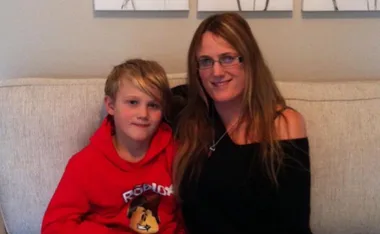






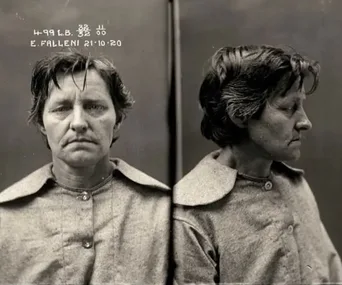
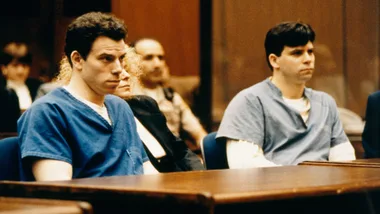


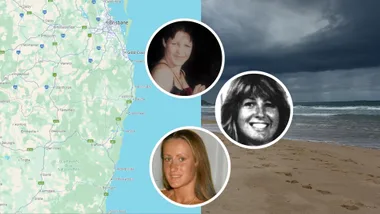
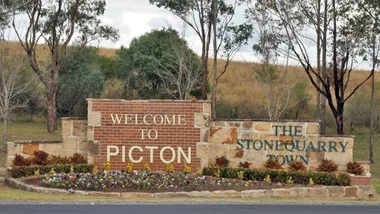


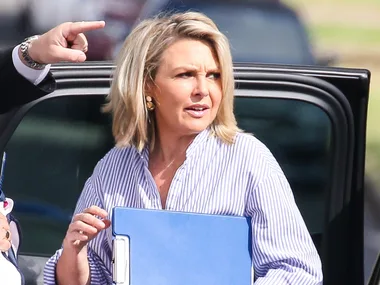

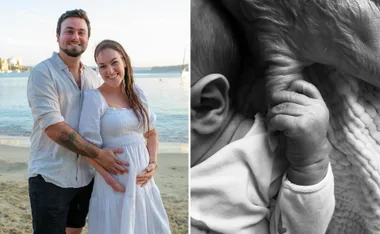
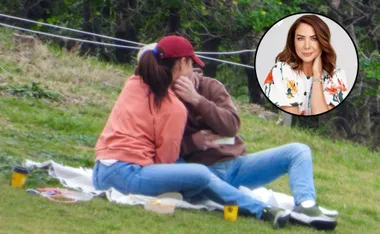
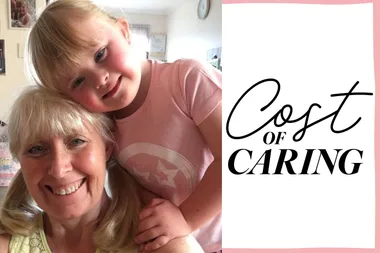


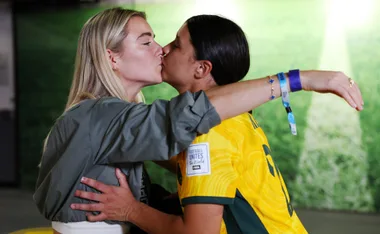





.png?resize=380%2C285)
.jpg?resize=380%2C285)
























































.jpg?resize=380%2C285)
.png?resize=380%2C285)
.jpg?resize=380%2C285)



.jpg?resize=380%2C285)
















_and_wife_producer_Tonya_Lewis_Lee_and_Jason_Statham_(L)_and_model_Rosie_Huntington-Whiteley.jpg?fit=650%2C489&resize=650%2C489)








.jpg?resize=380%2C285)





